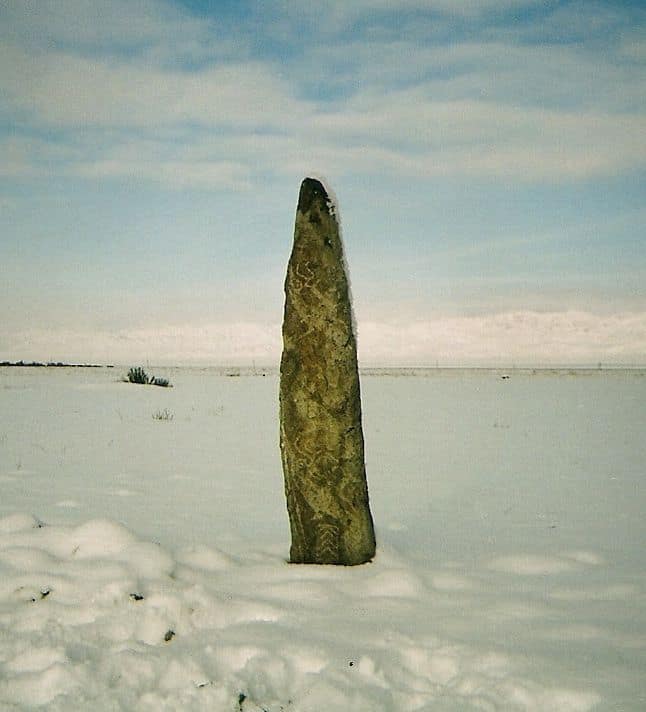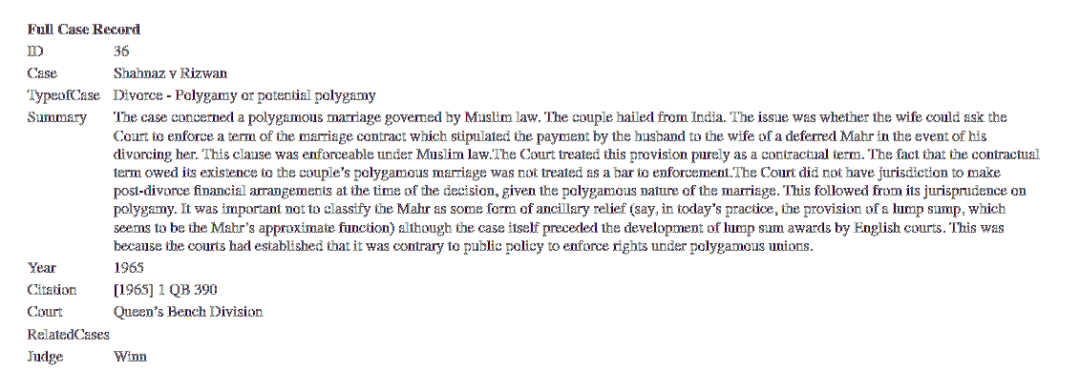At the entrance of a mid-sized, freshly renovated office building stands a security check-up point. Manned with three guards and state of the art equipment the gate comes across as slight exaggeration, to say the least. It has clearly been installed there to face the masses – the uncontrollable hordes undecipherable in number and unknown in origin, arriving without identity cards, exact birthdays, places of origin or citizenship. Desperate to find inclusion via this last resort to Europe: the Superior Administrative Court of a Nordic European State, the terminal station for complaints on asylum applications.
But there are no people, no anxious plaintiffs or rushed applicants – in fact, besides the security guards standing next to the gate, there is no one at all in the spacious lobby. Just an eerie emptiness.
This scene summarizes the paradoxes accompanying international migration. On one edge of the prism are the masses – both real and imagined – of nameless and faceless individuals who have abandoned their contexts of origin; people for whom their journeys are characterized by intense emotions and stakes of the highest order; uncertainty, danger, death. On the other edge are the bureaucracies set in place to both govern and discipline these masses and their movements.
Bureaucracies that are characterized by the ideals of impartiality, predictability and predetermined aesthetics – and that on occasion become exaggerated in their size as is the case with the Administrative Court of Helsinki. An administrative space governed by techniques of ‘truth production’ which via DNA-tests and bone scans impose themselves on the very flesh and blood of the involved individuals. Techniques that push governmentality to its limits and transform their subjects from humans into living data banks – but which simultaneously aspire to arrive at ‘facts’ to remove uncertainty over their identity or their entitlement to stay in the states of their end destinations
In between there are ‘the gates’ which set these two realms apart. Yet, in the greatest paradox of all, in reality the role that these gates hold is much more ambivalent. For, although distinguishable by external criteria, often life on ‘the other side’ remains equally ambivalent, cloaked in legal rhetoric and techniques which contest they very foundations of ‘knowledge’. The outcome is another realm of uncertainty where also ‘facts’ struggle to provide closure.
How do these ‘gates’ – both concrete and symbolic – arbitrate and define borders? What is being governed, how and why? What is really going on in the international governance of migration?
Over the past six months one of Allegra’s recurring threads has been the theme of Borders – a theme set in motion by some innocent ‘Hage’Baa’ which became this thread’s first post. See all the previous posts in this thread here. This topic preoccupies also increasingly Allegra’s moderator Miia Halme-Tuomisaari as she participates in the venture ‘Bodies of Evidence’.




